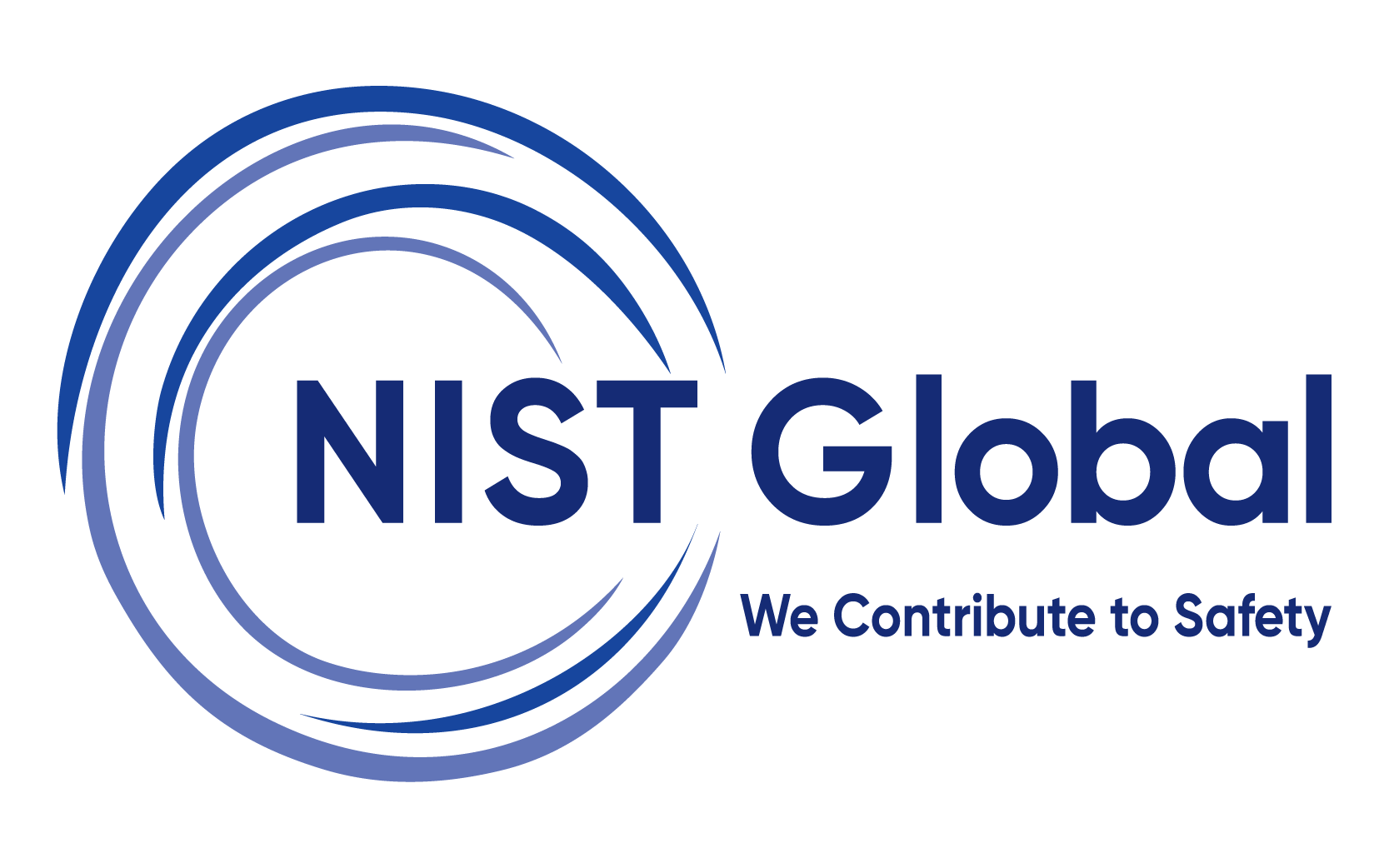Welding Safety
The Welding Safety Training program is designed to educate the welders, supervisors, and support personnel on the hazards associated with welding and allied operations, including cutting, brazing, and grinding. These high-risk activities expose workers to a variety of occupational hazards such as electric shock, intense radiant energy, fire and explosion risks, toxic fumes, and thermal burns, thus making structured safety training essential for ensuring a safe and compliant work environment.
Welding Safety
This course offers in-depth guidance on the identification of welding-related hazards, implementation of safe work practices, proper use and maintenance of personal protective equipment (PPE), and effective fire prevention measures. It also addresses critical safety aspects such as gas cylinder handling, equipment inspection protocols, ventilation requirements, and emergency response preparedness specific to welding environments. It is applicable across industrial, construction, fabrication, and maintenance settings, and is aligned with Indian occupational safety regulations (such as the Factories Act and BOCW Rules), as well as international best practices. By equipping participants with both theoretical knowledge and practical safety strategies, this course enhances workplace safety, operational efficiency, and regulatory compliance for all personnel engaged in welding activities.
-
Duration1 Day
-
Training ModeVirtual/Face to Face
-
LevelIntermediate
-
LanguageEnglish and other regional languages based on availability
-
Content CustomizationClient specific/Industry specific/Site specific
Why Should Employers Invest in this Training?
- Prevents Serious Injuries and Fire Hazards: Where welding-related risks such as burns, electric shock, and fires can cause severe harm. Training equips employees to recognize and control these hazards before they lead to accidents.
- Ensures Regulatory and Legal Compliance: By aligning with Indian safety laws and industry standards, it helps employers meet compliance requirements and avoid penalties during inspections and audits.
- Minimizes the Risk of Operational Down Time and Costs: By preventing property damage, equipment loss, and unplanned shutdowns, saving time and money. Builds a strong safety culture which promotes accountability among workers, supervisors, and permit holders.
- Builds Workforce Discipline and Safety Awareness: Educates workers on safe welding practices, correct PPE usage, and hazard identification for promoting a proactive safety culture.
- Strengthens Emergency Preparedness: By training participants how to respond effectively to welding-related emergencies, reducing the impact of incidents, and improving recovery times.
- Supports a Zero-Incident Safety Culture: Demonstrating the organization’s commitment to employee well-being and long-term safety performance.
Training Objective
The objective of the Welding Safety Training is to build participants’ ability with the essential knowledge and practical skills required to perform welding and cutting operations safely and in compliance with workplace safety standards. The training focuses on identifying and controlling common hazards associated with arc, gas, MIG, and TIG welding, including electric shock, fire, burns, toxic fumes, and eye injuries. It emphasizes proper equipment setup and operation, the correct selection and use of personal protective equipment (PPE), and the importance of ventilation, fume control, and good housekeeping practices. Additionally, the course covers safe handling of gas cylinders and flammable materials, while enhancing emergency response capabilities. By the end of the training, participants will be able to align their daily welding tasks with regulatory requirements and contribute to a safety-oriented work environment.
Training Methodology
Instructor-led
Sessions
Risk Study
Assessment
Hands-On
Practical
Group
Discussions
Knowledge
Checks
Virtual
Mode
Final
Assessment
How Will This Training Strengthen Workforce Readiness?
Welding Safety Training prepares workers to handle high-risk tasks with greater precision, awareness, and confidence. It ensures that every individual involved in welding operations contributes to a safer, more compliant, and efficient workplace. With Hazard Awareness Enhancement, learn to identify flammable materials, ignition sources, and unsafe conditions before beginning any hot work task, and reduce the risk of fire or explosion.
- Enhanced Hazard Recognition - Trains workers to proactively identify and assess welding-related risks such as electric shock, fire, and toxic fume exposure, thus reducing the chances of incidents.
- Stronger Regulatory Compliance - Instils awareness of national safety regulations and organizational protocols, ensuring every worker meets legal and industry standards on the job.
- Proper Use of PPE and Fire Equipment - Workers gain hands-on knowledge in the selection, use, and maintenance of personal protective equipment (PPE) and welding tools, promoting safety and operational reliability.
- Strengthened Emergency Response Readiness - Equips participants with the knowledge to respond effectively during welding-related emergencies—minimizing injury impact and recovery time.
Who Can Take This Course?
This course is ideal for individuals involved in hot work activities such as welding, cutting, grinding, and brazing. It is suitable for:
- Welders, cutters, and fabricators
- Maintenance and Utility Workers
Assessment
✅ Multiple Choice Questionnaire (MCQ)
Training Mode
Face to face training
Virtual training

